
It's always nice to get away from the hustle and bustle of daily life to a place that is dedicated to wildlife and nature. Sometimes a person or two can find such a refuge, and if they're lucky, have it practically all to themselves for a while. A bit over fifty miles east of Charlotte, NC, just north of Wadesboro on Hwy 74, is a comparatively small(8,500 acres) but marvelous wildlife preserve that is a very special place.
The following article will be a picture tour with a bit of text on the Pee Dee National Wildlife Refuge. I hope any reader who might not get to visit this little wonder will enjoy all this and for those headed to the beach or Wilmington down Hwy 74, and who haven't done so, may want to consider taking an hour or two to explore it some time or just drive through it a bit. Yes, you should be delighted if you do, as we were in August of 2016.
In 1903 President Teddy Roosevelt started the National Wildlife Refuge System. The Pee Dee refuge is near to what was once a well known water spot known as "Lockhart Gaddy's Wild Goose Refuge." In 1934 Gaddy turned from hunting the Canadian geese to admiring and attracting them to his pond. Today the spot is simply called "Gaddy's Goose Pond." After the passing of Mr. and Mrs. Gaddy the pond was closed to the public in 1975.
There are a lot of different habitats on the refuge that sustain a wide variety wildlife species. The refuge also holds within its borders 3,000 acres of contiguous bottomlands. As a matter of fact, Brown Creek forms the heart of the largest bottomland hardwood tract left in in the Piedmont of North Carolina. Additionally, 2,000 acres along Brown Creek and Thoroughfare Creek bottoms are deemed a Significant Natural Heritage Area.
The Pee Dee Wildlife Refuge holds many species of animals. In the avian department there are all-season and migratory songbirds, a wide variety of ducks, geese, egrets, herons, quail, and even the occasional tundra swan, just to name several bird species. Predatory birds are hawks, owls, sometimes peregrine falcons, and in winter the Southern bald eagle. The list could go on.
Some mammal species include the following: bobcat, beaver, otter, muskrat, white-tailed-deer, grey and red fox, gray and fox squirrel, and the Eastern cottontail rabbit. Again, the list could go on.
The reptiles are a plenty as well, with lizards ( the lovable green anoles being one), Eastern toads, the Eastern box turtle, River cooters, salamanders, black rat snakes, corn snakes and Eastern kingsnakes. There are some copperheads but these are rarely encountered so no one should have any fear of them.
As I mentioned about Brown Creek, the refuge is full of fish; like bass, catfish and bream etc. Fishing season is available from March 15 to October 15 on some ponds, Brown Creek and the Pee Dee River. Sullivan Pond can be fished year round. There's a primitive boat ramp at Arrowhead Lake. No gas motors are allowed, thank god, and the fishing boats must be loaded and unloaded by hand.
Also, there are no water moccasins there either, their range ending somewhat to the east. However, there are several harmless water snake species about and one is very similar-looking to the cottonmouths. Greg said that he once did a double take at that similar looking one when he eyed it! I took a digital of this friendly young gentleman Federal Wildlife Officer, but to my regret it didn't come out. Anyway, if you visit this wonderful place, consider stopping by and saying hello to Gregg, or whoever else might be there that day.
It turned out to be a very old grave site, perhaps a families, perhaps some of, our even, the first settlers to the area. It was marked an archeological site so I stayed outside the small perimeter to snap these digitals, zooming in on the last one, which had the only engravings left on any of them. What a fitting way to end the relaxing visit.
Here's a link for more detailed facts and info:
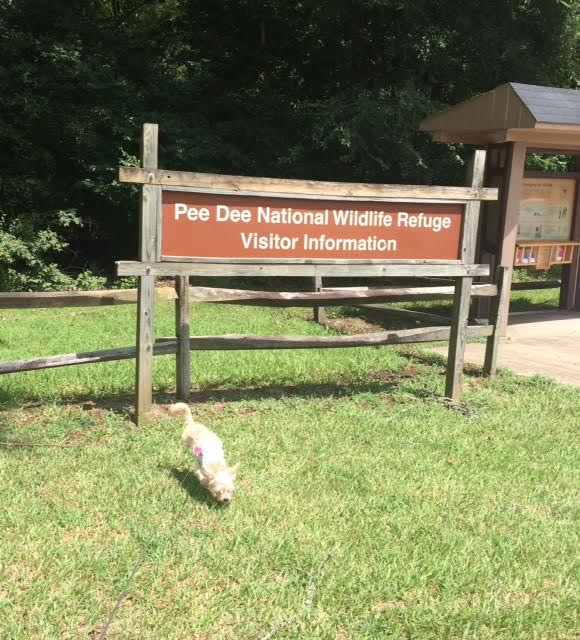
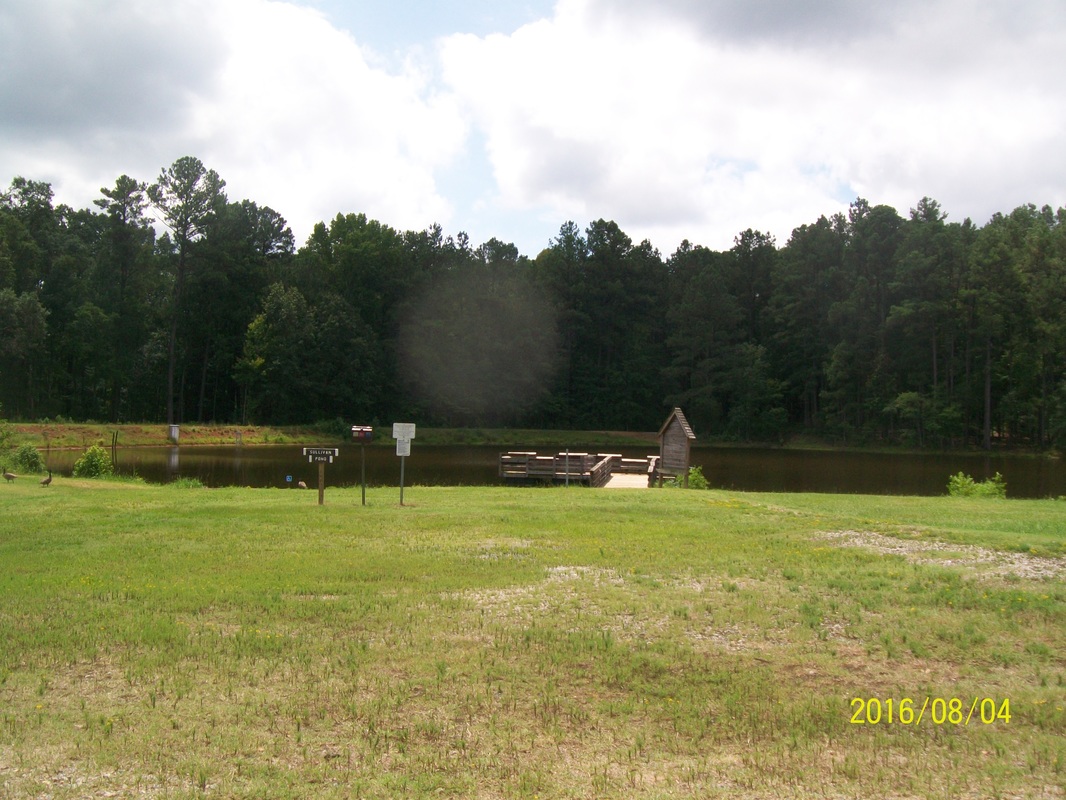
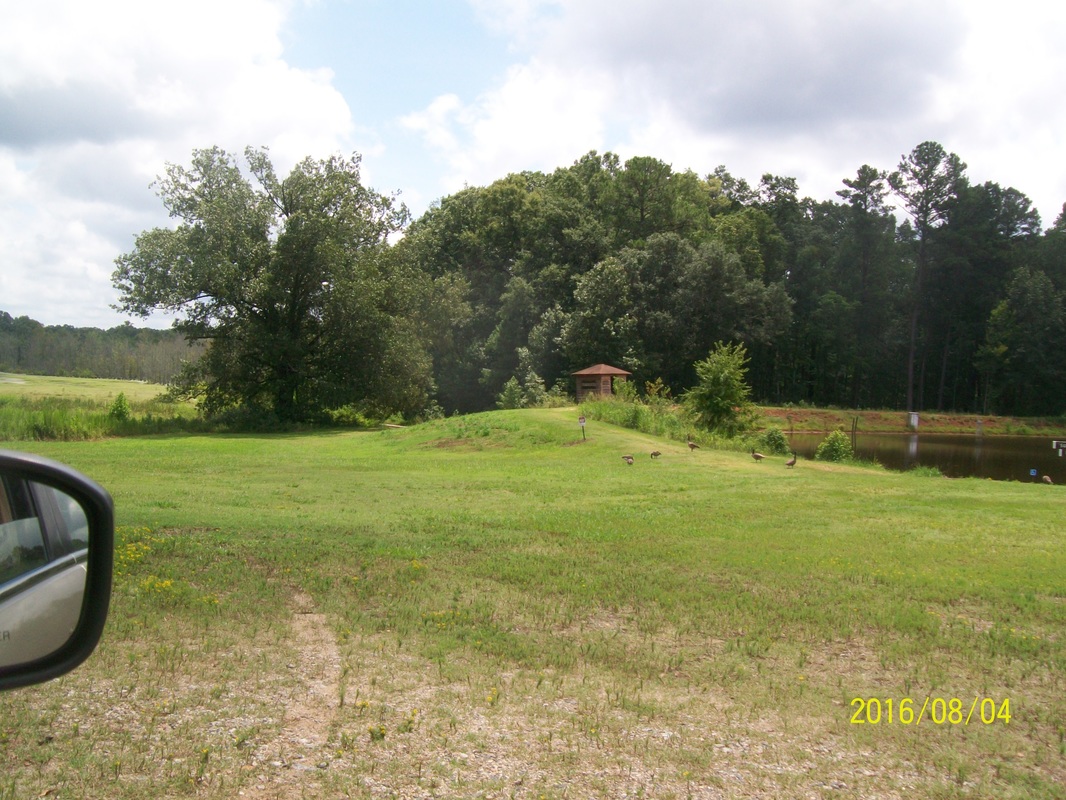
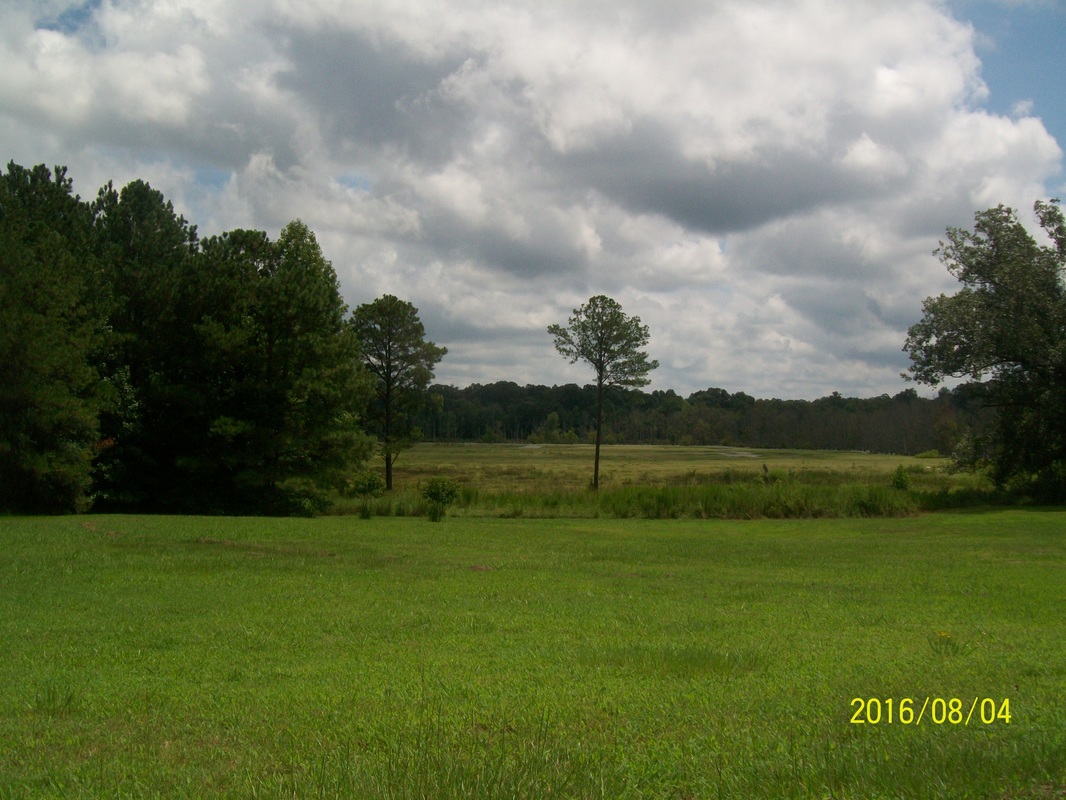

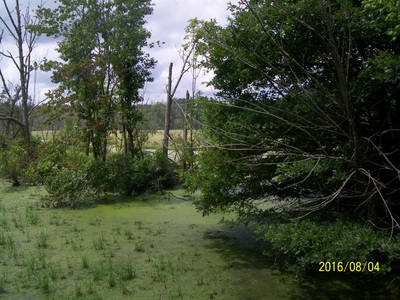
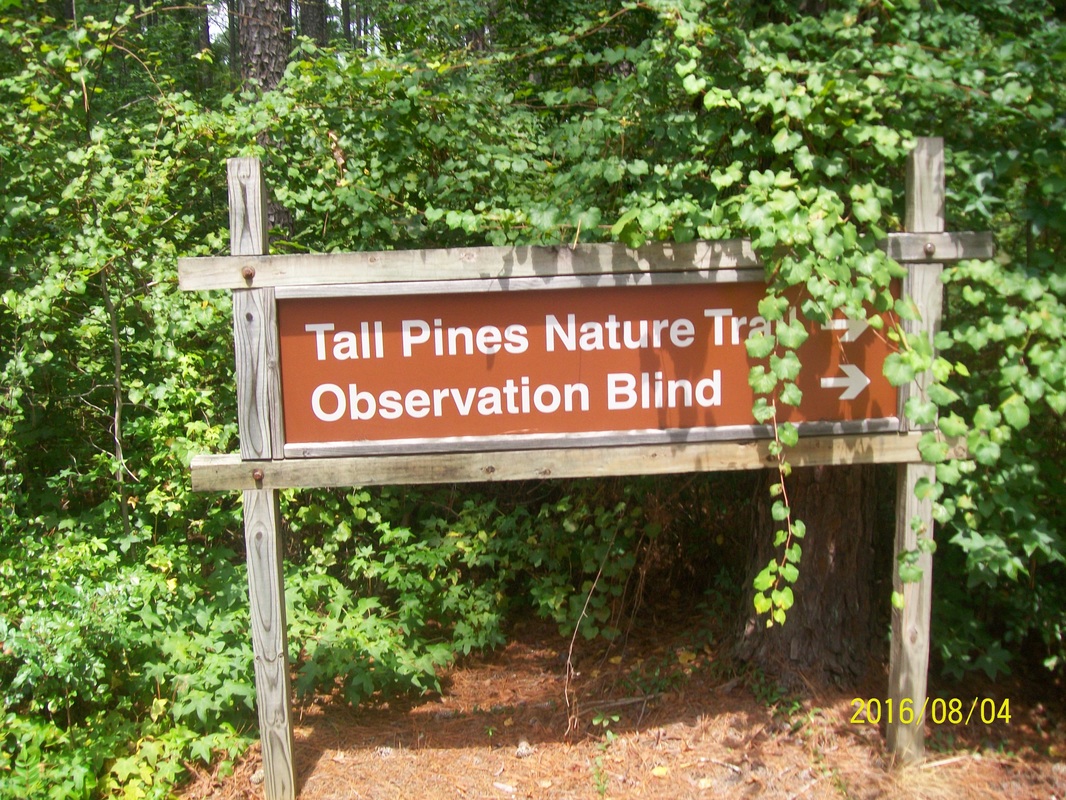
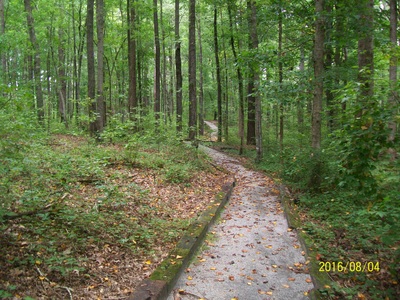
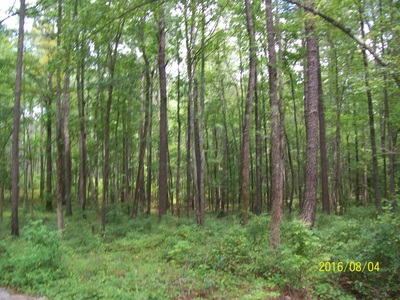
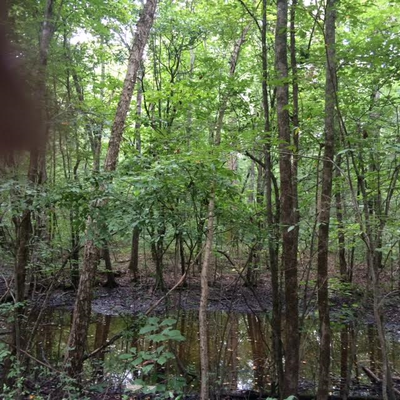
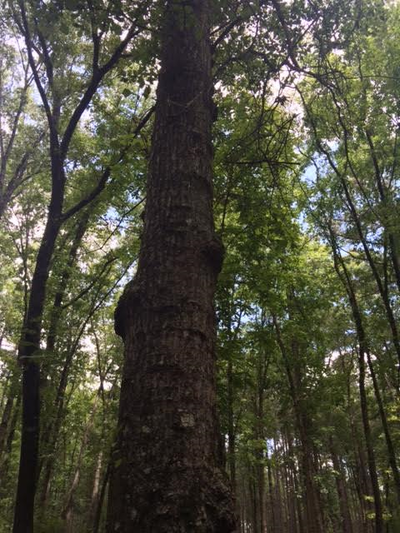
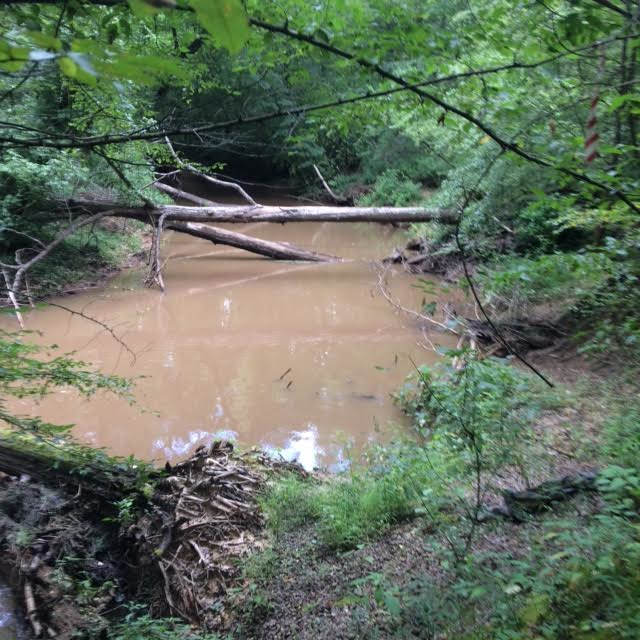
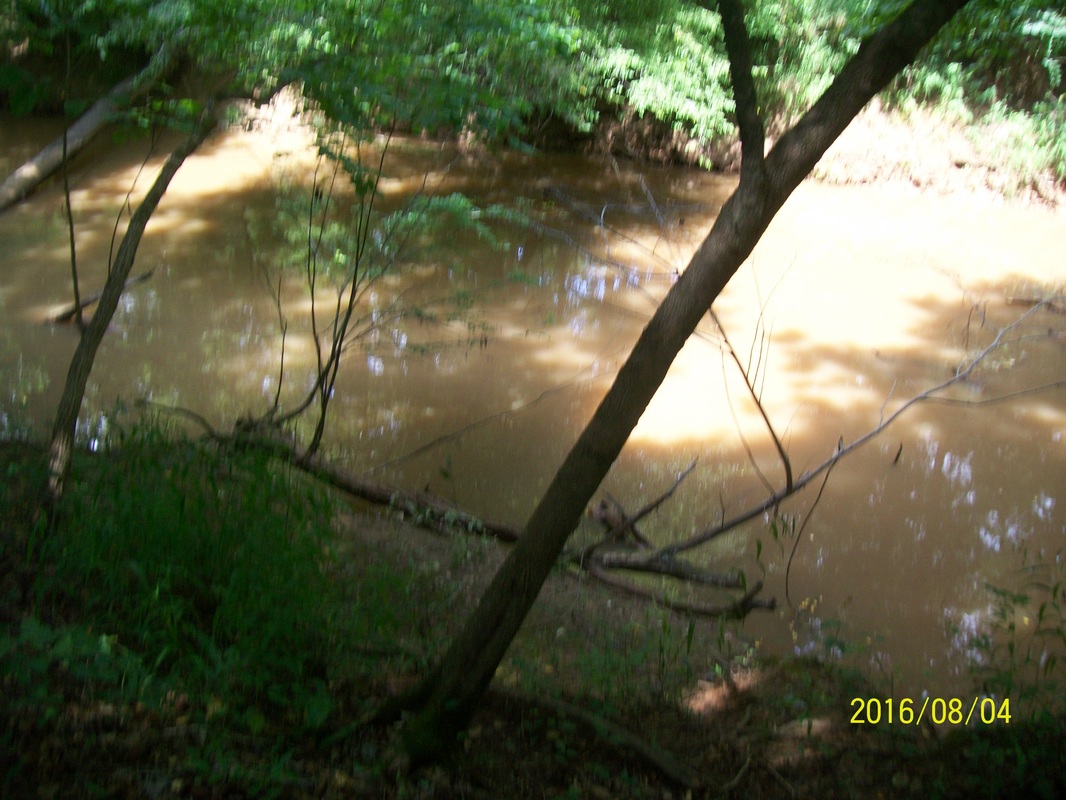
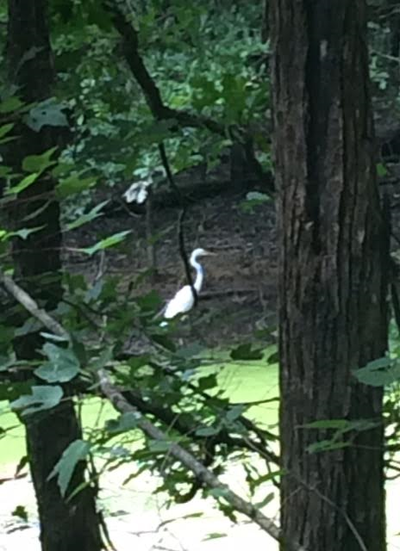
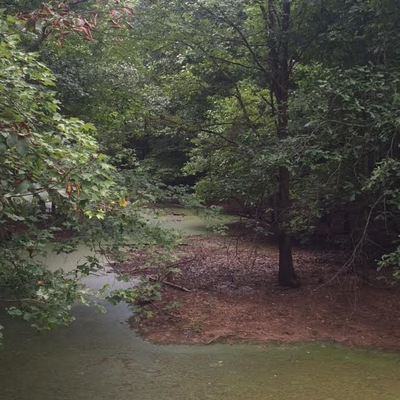
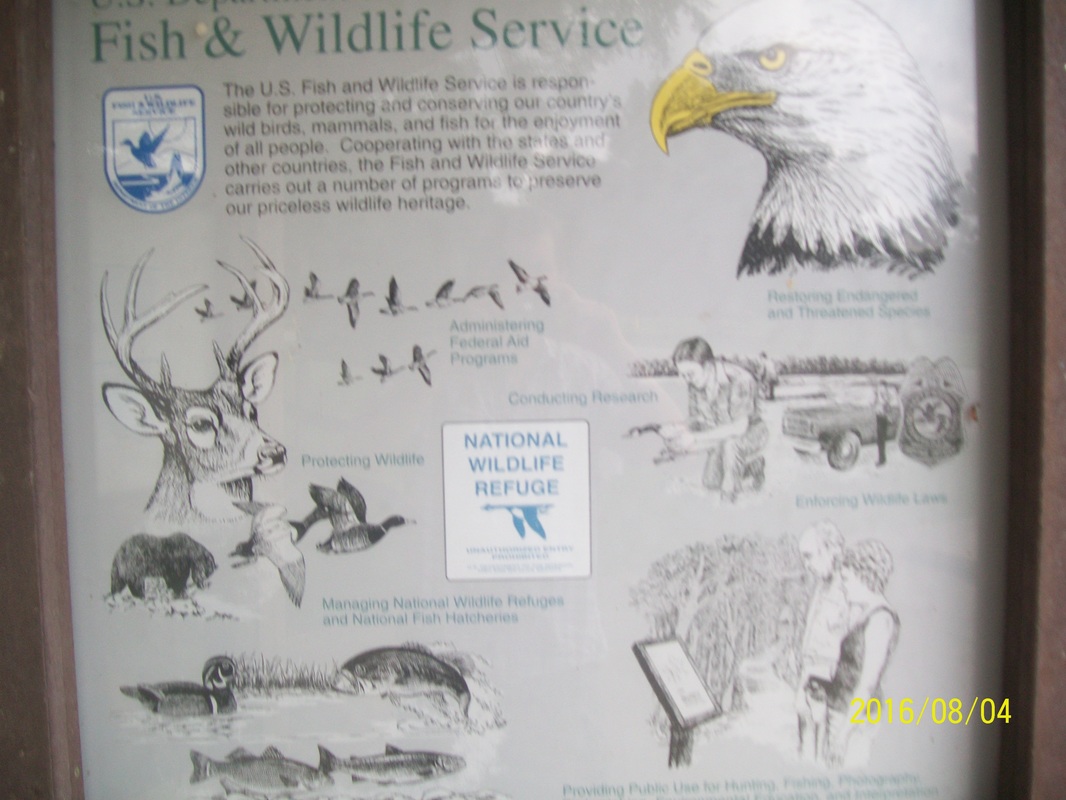
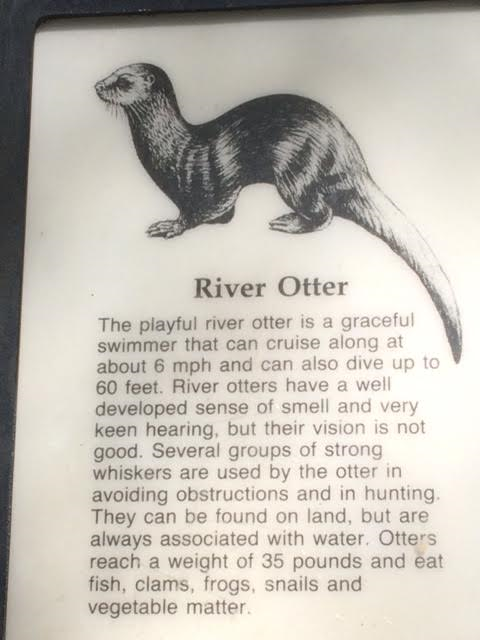
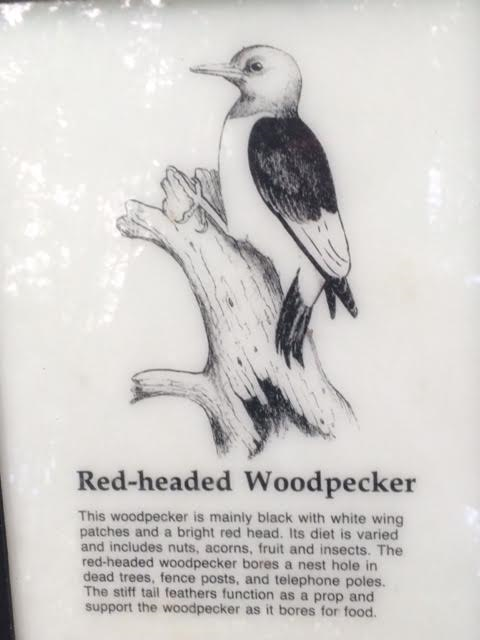
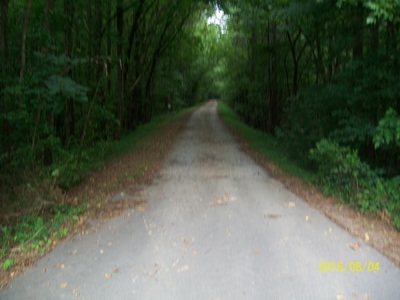
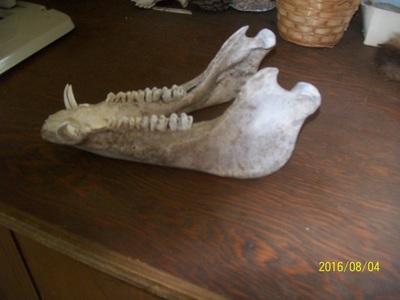
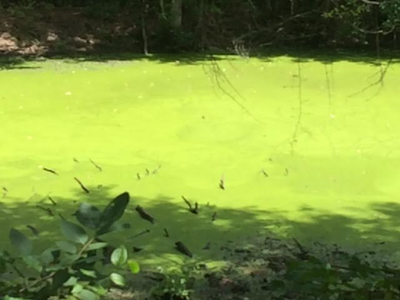
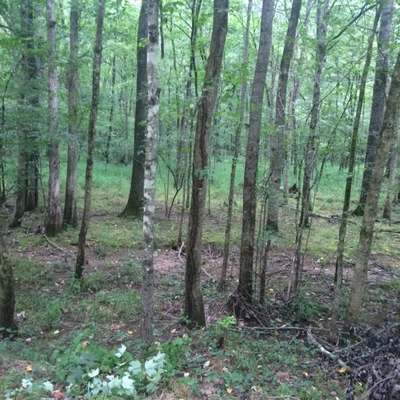
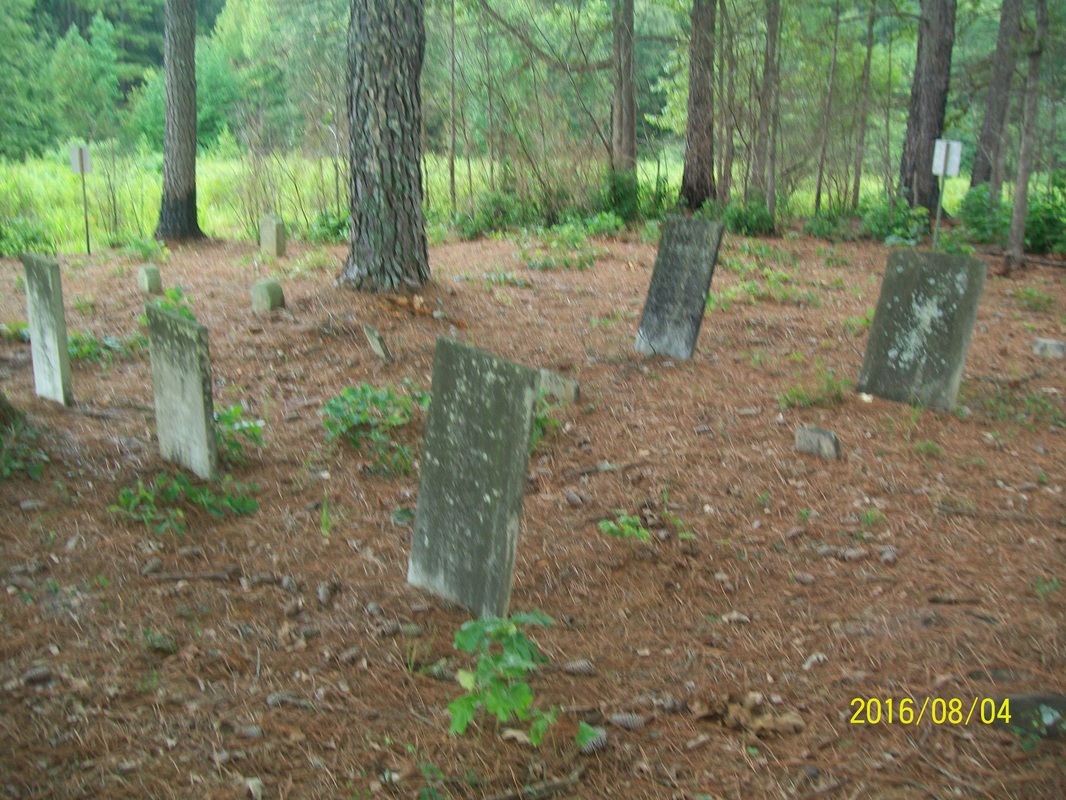

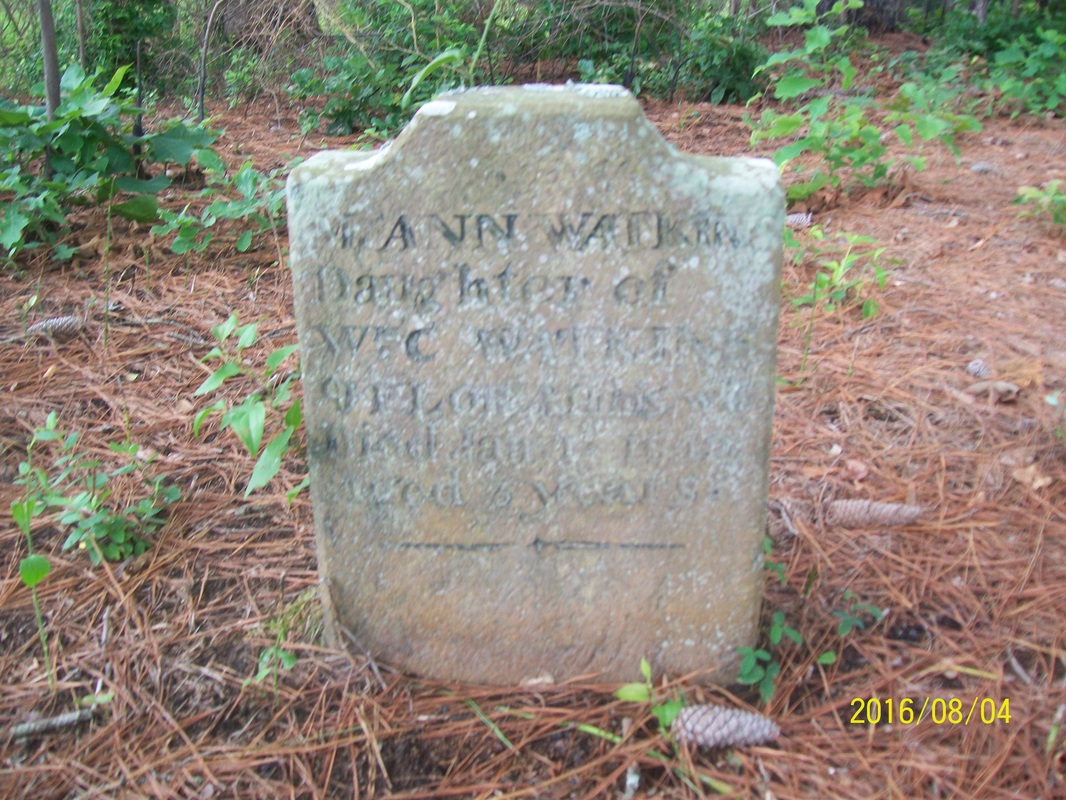
 RSS Feed
RSS Feed
